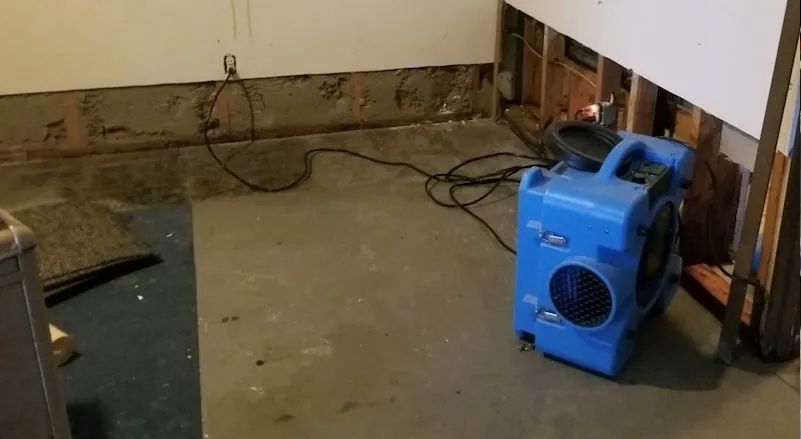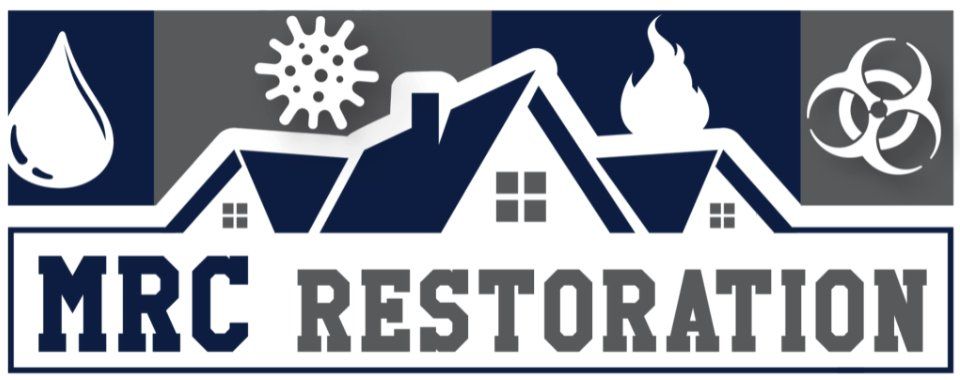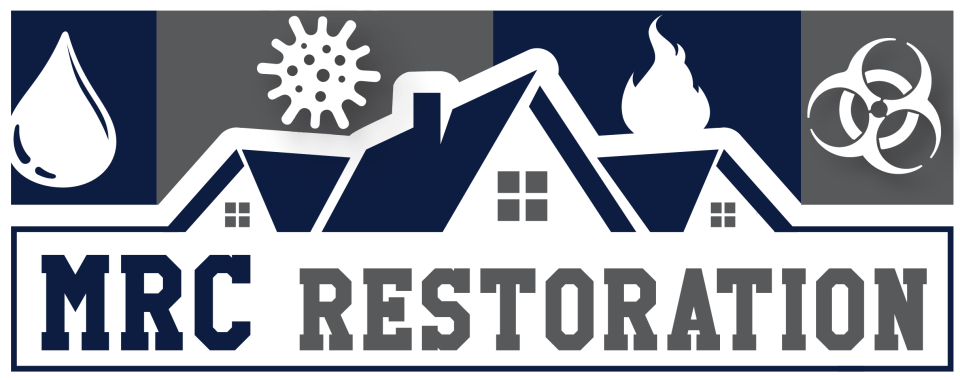Call the Trusted Local Leader Today!
DIY vs. Professional Water Cleanup: What You Need to Know
When water damage strikes, the immediate question is whether to handle the cleanup yourself or hire professionals. Both options have their advantages and drawbacks. This article explores the pros and cons of DIY water cleanup versus professional services, helping you make an informed decision for your situation.

DIY Water Cleanup
Pros
- Cost Savings: DIY cleanup can save money on labor and service fees.
- Immediate Action: You can start the cleanup process right away without waiting for professionals to arrive.
- Control: You have full control over the cleanup process and can work at your own pace.
Cons
- Limited Expertise: Without professional training, you might miss hidden damage or fail to address all issues properly.
- Inadequate Equipment: Home tools and equipment might not be sufficient for thorough water extraction and drying.
- Health Risks: Exposure to contaminated water or mold can pose significant health risks without proper safety measures.
- Time-Consuming: DIY cleanup can be labor-intensive and time-consuming, potentially delaying full restoration.
Steps for DIY Water Cleanup
- Safety First: Turn off electricity and avoid standing water until it’s safe.
- Remove Water: Use buckets, mops, or a wet/dry vacuum to remove standing water.
- Dry the Area: Use fans and dehumidifiers to dry the affected area thoroughly.
- Sanitize: Clean and disinfect surfaces to prevent mold and bacteria growth.
- Monitor: Keep an eye on the area for signs of mold or lingering moisture.
Professional Water Cleanup
Pros
- Expertise and Experience: Professionals are trained to handle various water damage scenarios, ensuring thorough cleanup and restoration.
- Advanced Equipment: Use of industrial-grade equipment for efficient water extraction, drying, and dehumidification.
- Comprehensive Service: Professionals offer a complete service, including assessment, cleanup, drying, and restoration.
- Health and Safety: Proper handling of contaminated water and mold reduces health risks.
- Insurance Assistance: Professionals can help document damage and navigate insurance claims.
Cons
- Cost: Hiring professionals can be more expensive than DIY methods.
- Scheduling: You may need to wait for the professionals to arrive and start the work.
- Less Control: You might have less control over the cleanup process and timeline.
Steps for Professional Water Cleanup
- Inspection and Assessment: Professionals inspect the damage and develop a cleanup plan.
- Water Extraction: Using advanced equipment, they remove standing water quickly.
- Drying and Dehumidification: High-powered fans and dehumidifiers ensure thorough drying.
- Cleaning and Sanitizing: Specialists clean and sanitize the affected areas to prevent mold and bacteria growth.
- Restoration: Professionals repair and restore your property to its pre-damage condition.
Making the Right Choice
Factors to Consider
- Extent of Damage: Minor water damage might be manageable with DIY methods, but extensive damage requires professional help.
- Health Risks: If the water is contaminated (gray or black water), professional cleanup is essential.
- Time and Resources: Consider whether you have the time, tools, and knowledge to handle the cleanup effectively.
- Insurance: Check if your insurance covers professional water cleanup services.
Conclusion
Deciding between DIY and professional water cleanup depends on the severity of the damage, available resources, and health risks involved. While DIY methods can be cost-effective and immediate, professional services offer expertise, advanced equipment, and comprehensive care. Weigh the pros and cons carefully to choose the best approach for your water damage situation in Farmington, MO.
-
Can I handle minor water damage myself?
 Button
ButtonYes, minor damage can often be managed with DIY methods, but ensure you address all moisture to prevent mold.
-
How long does professional water cleanup take?
 Button
ButtonThe duration varies based on the extent of the damage, but it typically ranges from a few days to a week.
-
What should I do if I suspect mold growth?
 Button
ButtonContact professionals immediately to assess and remediate mold to prevent health risks.
You might also like

Book a Service Today
We will get back to you as soon as possible
Please try again later
MRC Restoration Provides Peace of Mind, in Uncertain Times.
When tough times hit, it's natural to feel overwhelmed. At MRC Restoration, we're here to support you through every step of the journey. We collaborate with your family to evaluate the situation, craft a personalized strategy, and execute it with precision, restoring your home or business to its former glory.

For Both Residential & Commercial Water cleanup, Fire and Smoke Damage Repair & Mold Remediation Services, Call the Trusted Local Leader Today for Your Evaluation!
Service Area
Services
Hours
Friday - Open 24 hours
Saturday: Open 24 hours
Sunday: Open 24 hours
Monday: Open 24 hours
Tuesday: Open 24 hours
Wednesday: Open 24 hours
Thursday: Open 24 hours
All Rights Reserved | MRC Restoration
Website Design by: Big Stream Media



